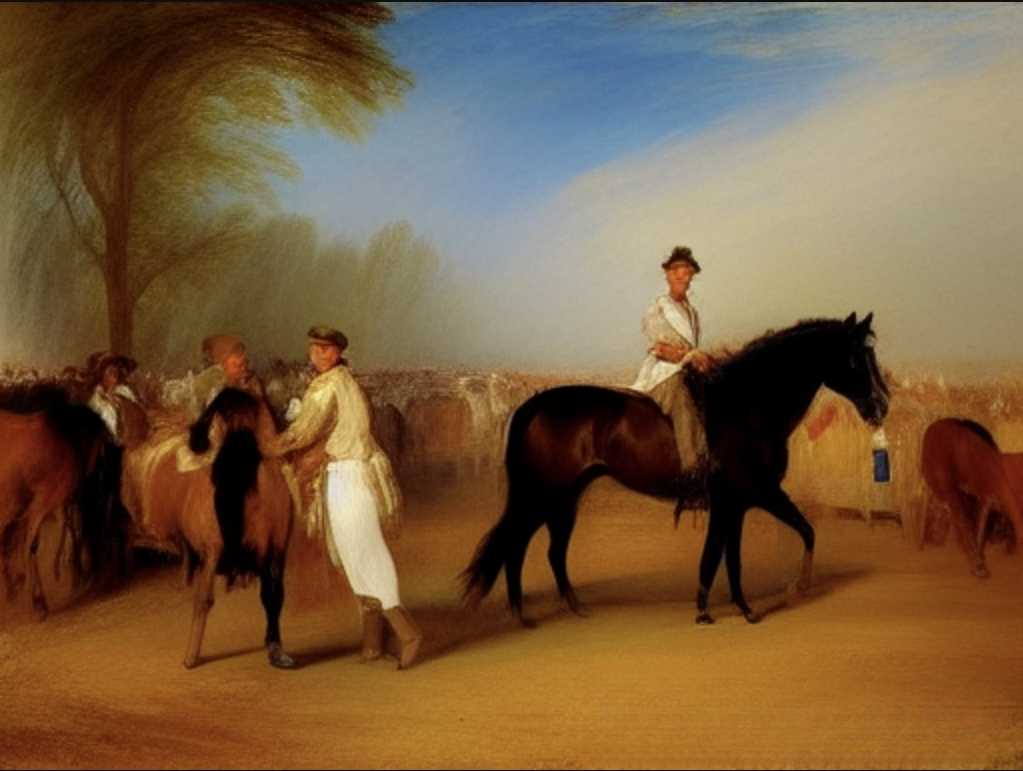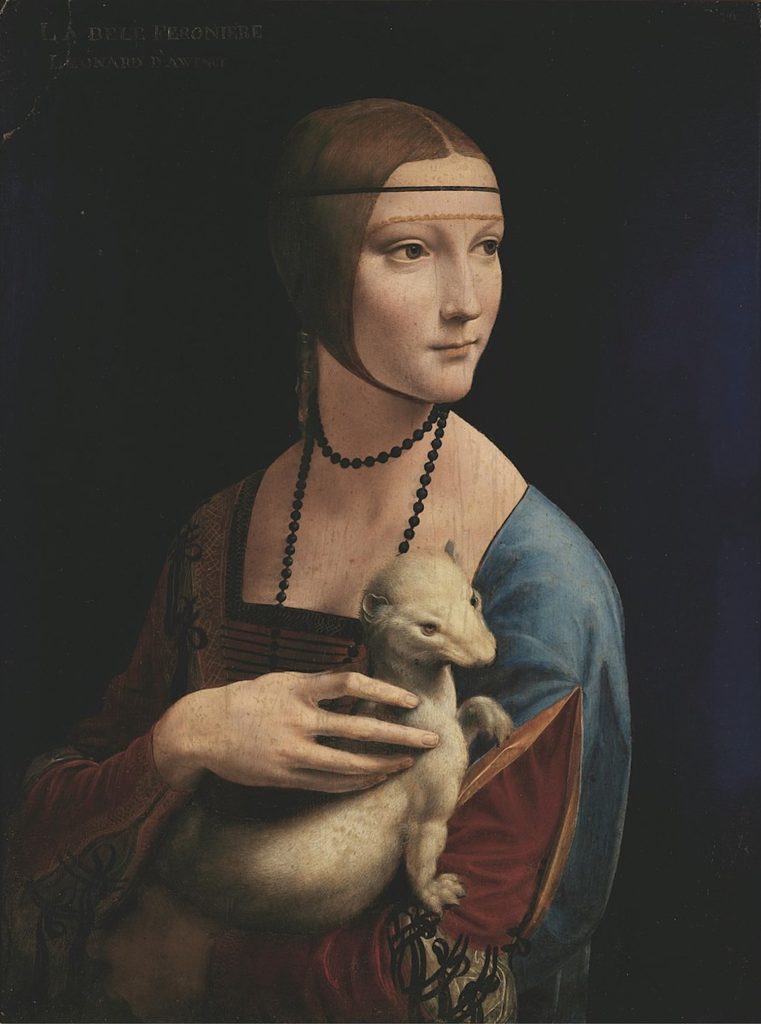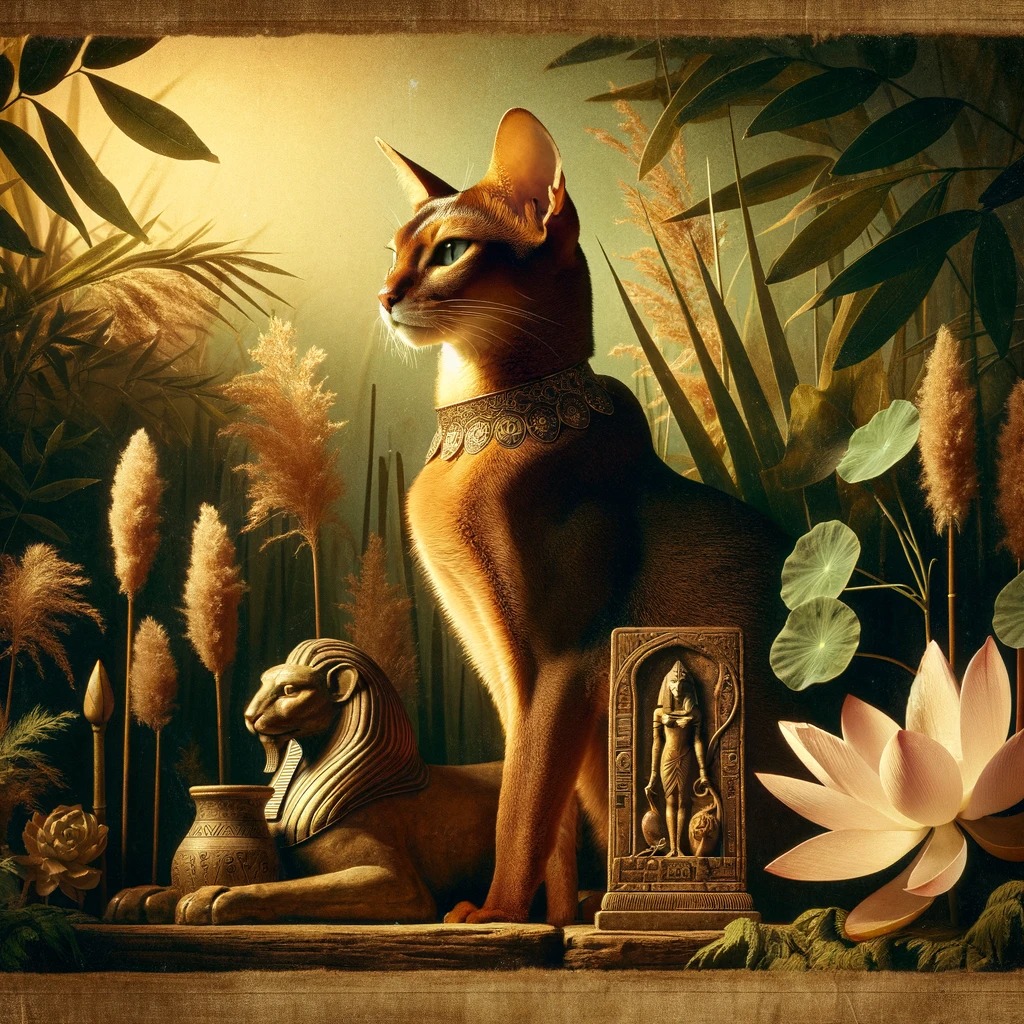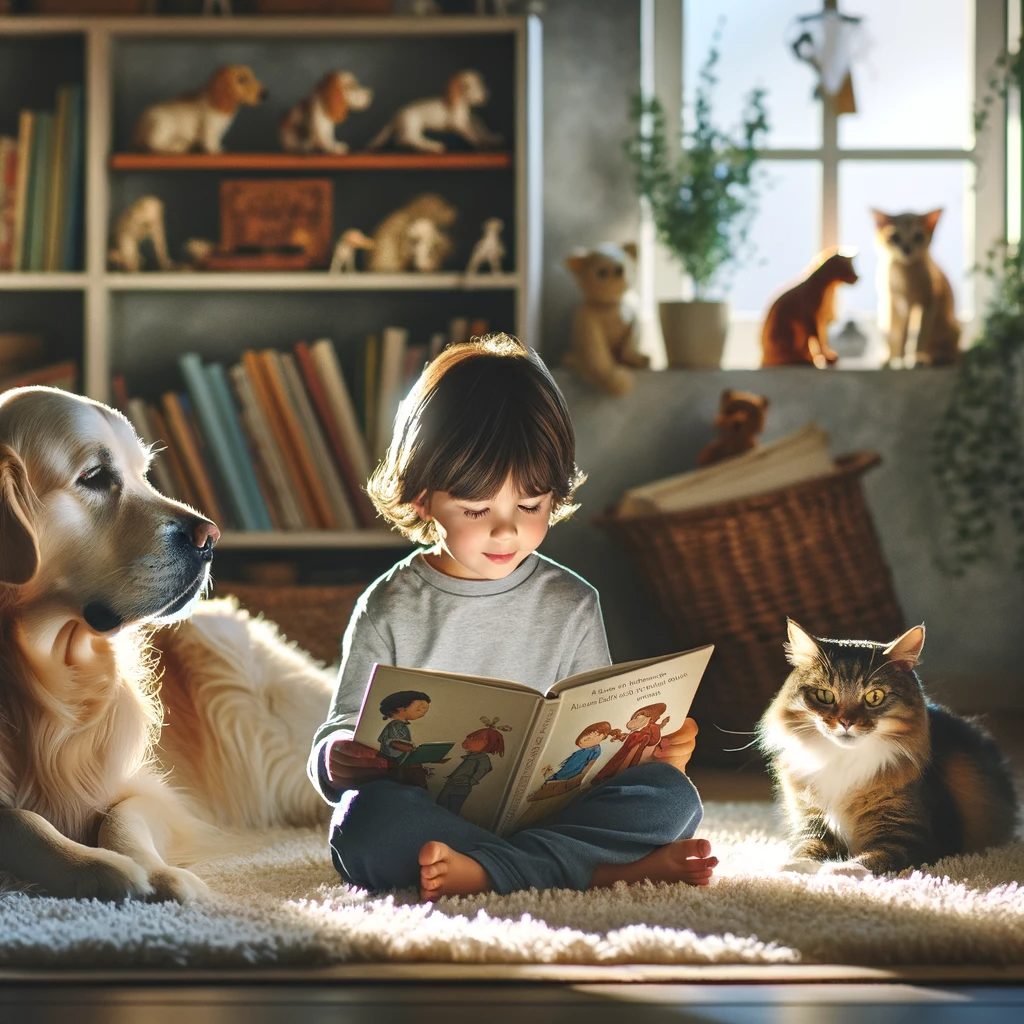Gather ’round, all ye horse enthusiasts, and let me regale you with the tale of a masterpiece that’s captured the hearts and minds of art lovers for ages! Enter “The Horse Fair,” a marvel of the brush created by the legendary Rosa Bonheur, a woman who broke the mold of the 19th-century art scene like a true trailblazer!
In recent years, hustle culture has become a pervasive force, driving individuals to pursue success at all costs. This relentless pursuit of achievement can lead to stress, burnout, and a sense of dissatisfaction (Koltai, 2021). In an era defined by constant motion and pressure, our pets have emerged as powerful agents of change, offering a new paradigm for success and well-being. In this masterpiece, we delve deeper into the transformative role pets play in hustle culture and how they are redefining our understanding of success.
“The Lady with an Ermine” by Leonardo da Vinci stands as a monumental testament to the beauty of companionship between humans and animals. Painted around 1489-1490, this masterpiece not only showcases da Vinci’s unparalleled skill in capturing the essence of life but also immortalizes the profound bond shared between Cecilia Gallerani, the young woman depicted, and her ermine. This article delves into the layers of love, loyalty, and the timeless beauty encapsulated within this iconic painting, offering insights into why it continues to resonate with art lovers and animal enthusiasts alike.
In the rich and mystical pantheon of ancient Egyptian mythology, the legend of Bastet stands as a captivating fusion of the divine and the earthly, intertwining the reverence for cats with the veneration of feminine power and fertility. Bastet, often depicted as a lioness or as a woman with the head of a cat, emerges not merely as a deity in ancient lore but as a symbol of protection, grace, and nurturing strength. Her story is more than a myth; it’s a window into the cultural and spiritual fabric of ancient Egypt, revealing deep insights into their understanding of the divine, nature, and the role of femininity.
The therapeutic bond shared between humans and animals emerges as a universal thread of healing and comfort. Pet therapy, transcending the boundaries of nations and traditions, offers a profound testament to the power of non-verbal communication in healing the human spirit. This article takes you on a nuanced journey through the various cultural landscapes where animals emerge not just as companions, but as healers and confidants.
In the kaleidoscopic world of pop culture, certain moments transcend mere entertainment, weaving into the fabric of our daily lives and shaping our perceptions and emotions. Among these are the myriad portrayals of pets, each a brushstroke in the evolving portrait of our relationship with our animal companions. This article delves into those defining moments and examines how they have sculpted our collective affection for pets.
The relationship between humans and pets has not only been a source of companionship and joy but has also significantly influenced our language and communication. From idiomatic expressions to the ways we interact with technology, the impact of pets on our linguistic landscape is both profound and pervasive. This blog post delves into various aspects of how pets have shaped language and communication in our culture.
Pegasus, the majestic winged horse of Greek mythology, has captivated human imagination for centuries. This mythical creature, born from the blood of the Gorgon Medusa, is more than a fantastical figure of ancient tales; it embodies the essence of freedom, inspiration, and the pursuit of knowledge. In this blog post, we delve into the rich tapestry of Pegasus’s lore, exploring its origins, symbolism, and the lasting impact on culture and arts.
The Kappa stands as one of the most intriguing and enigmatic creatures. Often depicted as water-dwelling beings with a humanoid form and turtle-like characteristics, Kappas have been a staple of Japanese myths and folk tales for centuries. This blog post delves deeper into the lore of the Kappa, exploring its origins, cultural significance, and the multifaceted nature of its representation in Japanese culture.
In the rich tapestry of indigenous mythologies, the Thunderbird stands as a majestic and powerful symbol, deeply woven into the cultural and spiritual narratives of many Native American tribes. This mythical creature, often depicted as a colossal bird capable of creating thunder and lightning, is more than a figure of legend; it embodies profound spiritual significance, representing power, protection, and the sacredness of the natural world. This blog post delves into the multifaceted lore of the Thunderbird, exploring its cultural significance, symbolic meanings, and the enduring impact of this mythical creature on indigenous and contemporary cultures.










